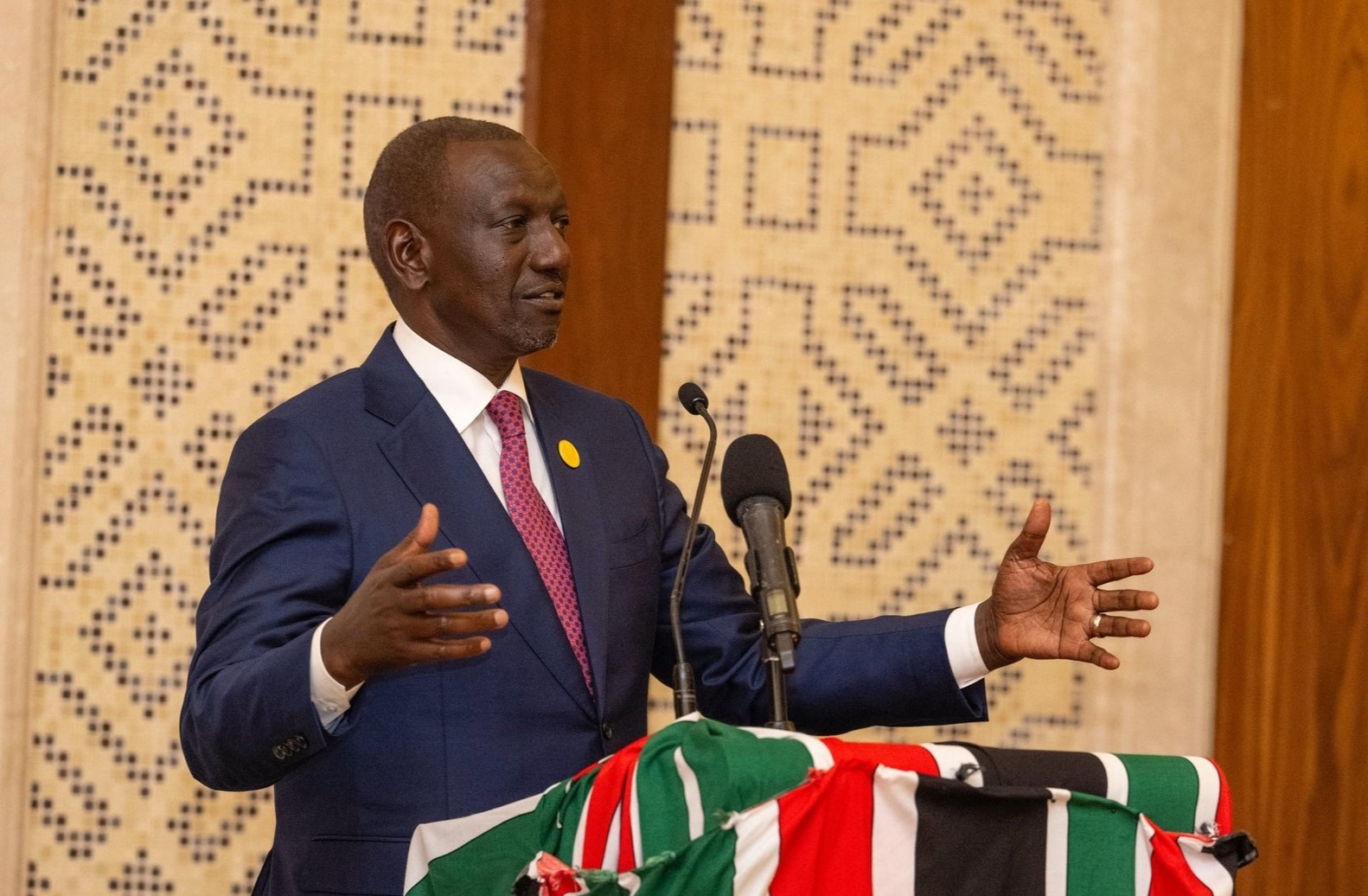Isolation of Kenyans with asymptomatic or mild Covid-19 last year had little or almost no effect in reducing the spread of the disease, a new report co-authored by Ministry of Health officials says.
Isolation is well known to control infectious diseases, but it works effectively when combined with widespread testing.
The new report, co-authored by acting director-general for Health Patrick Amoth, shows Kenya's national surveillance system detected only one case for every 42 SARS-CoV-2 infection among adults in Nairobi.
This decreased to less than one for every 100-190 infections among individuals less than 20 years old.
“This suggests that mitigation measures the government implemented, such as isolation of known positive cases, probably had minimal effectiveness in slowing the pandemic,” the findings suggest.
At the height of the epidemic last year, thousands of Kenyans with asymptomatic disease were forced into isolation centres at about Sh21,000 per day, according to rates given by the Kenya Medical Research Institute.
The authors say the government surveillance may have picked such few cases of Covid-19 last year because there was preferential testing for symptomatic cases, yet most of the infections were likely mild or asymptomatic.
This was further compounded by a low turnout for testing.
To address this challenge, the World Health Organization last year recommended population-based seroprevalence studies, to determine the proportion of the population that had been infected over time.
The Kenyan scientists conducted this study in November in Nairobi, which at the time accounted for half of all confirmed cases in Kenya.
Some 1,164 people agreed to have samples of their blood drawn and tested for antibodies at the Kemri laboratory in Nairobi.
“The adjusted seroprevalence of 34.7 per cent indicated that at least 1.5 million Nairobi residents may have been infected with SARS-CoV-2 since March 2020. These findings indicate the national surveillance system detected only 2.4 per cent of all SARS-CoV-2 infections in Nairobi,” authors say.
This Kenyan population-based seroprevalence study of SARS-CoV-2 is among the first to document overall and age-stratified infection levels in a large African city.
The results of this study – titled "High seroprevalence of SARS-CoV-2 but low infection fatality ratio eight months after introduction in Nairobi, Kenya" – are published in the International Journal of Infectious Disease.
Authors include scientists at Kemri, Washington State University and the US Centres for Disease Control.
They said the disease burden in Nairobi was more or in some cases comparable to the burden in countries that experienced more deaths last year.
They estimated deaths at 40 per 100,000 infections, which is 20-25 times lower than in Europe or the United States.
“These findings suggest that despite high SARS-CoV-2 transmission, Kenya's youthful population may have contributed to lower rates of severe Covid-19,” the study says.
However, an important finding among people over 60 years old, deaths were 28-fold higher than the average for other age groups.
This, they said, suggests “that the elderly population may be more severely affected than previously thought and underscoring the urgent need for vaccination in this group.”
Surprisingly, the data reveals lower than expected transmission within households.
In seropositive households where more than one member had been tested, only 40 per cent of households had more than one member with Covid-19 antibodies.
Edited by A.N












